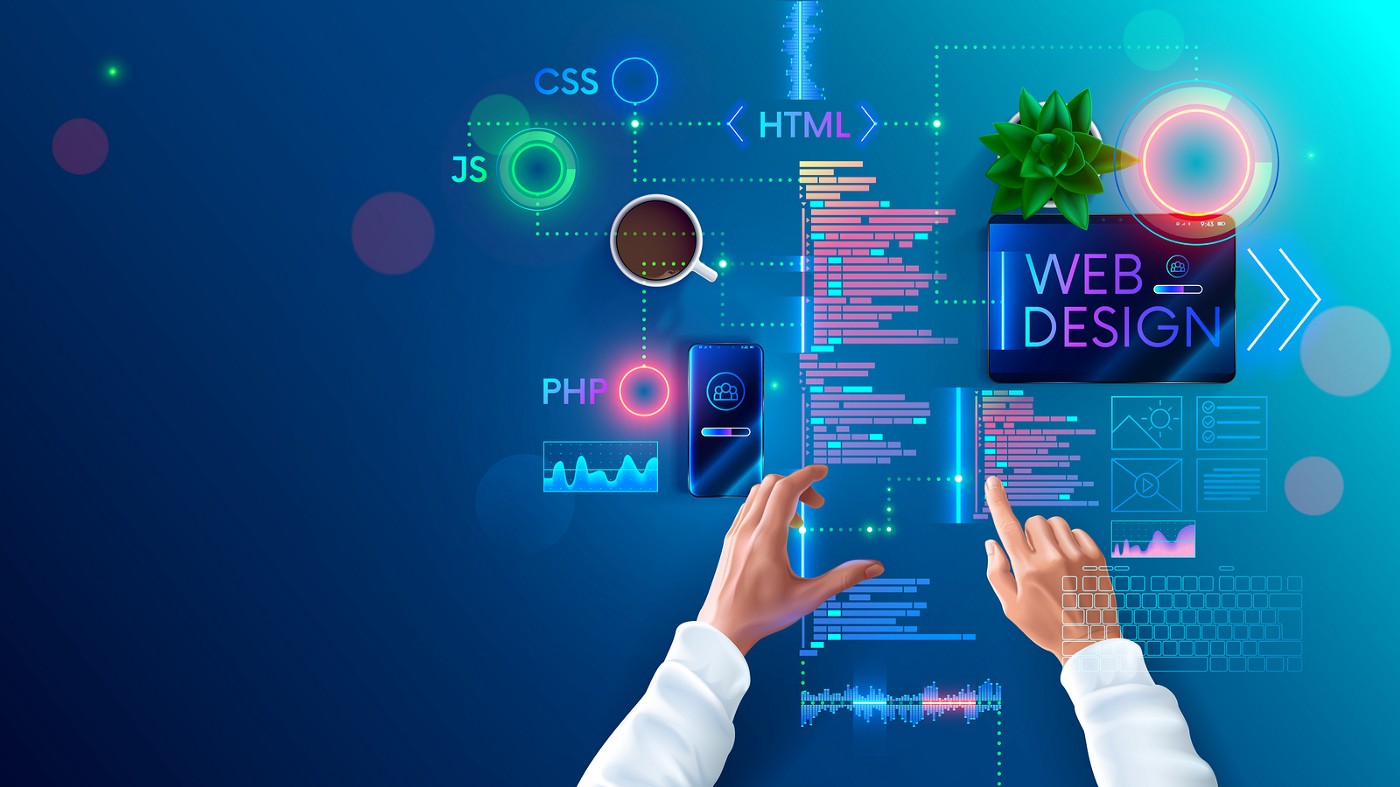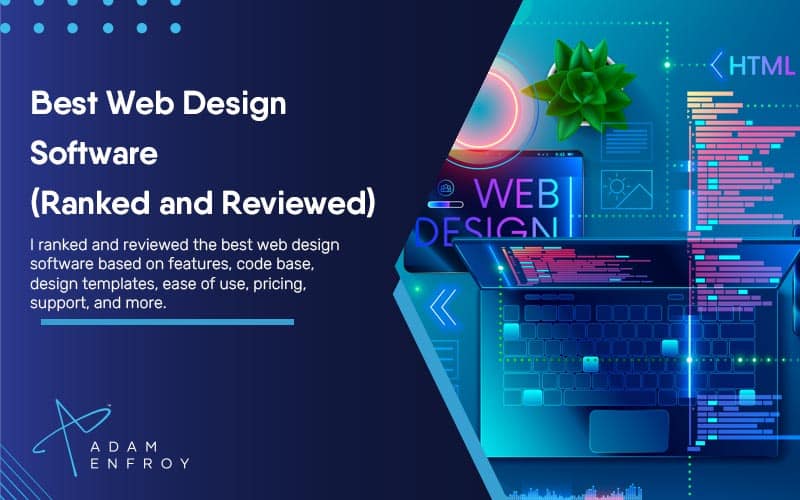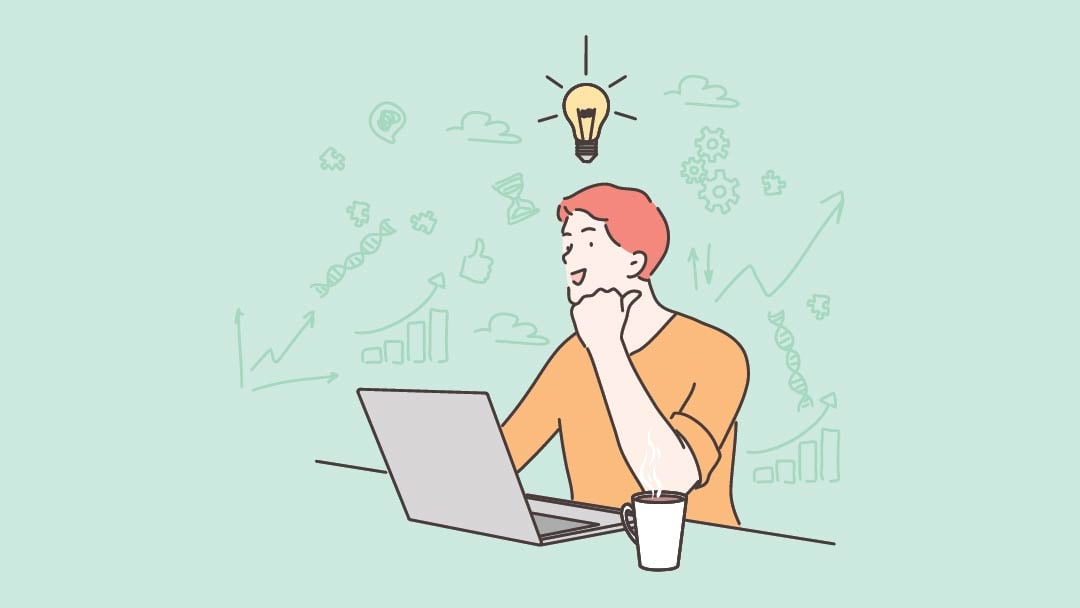All Categories
Featured
Table of Contents
- – 10 Principles Of Good Web Design - Smashing Ma...
- – What Can I Do With A Web Design And Developme...
- – Web Design Software By Xara Tips and Tricks:
- – What Is Web Design? - Interaction Design Foun...
- – Web Design - Linkedin Learning, Formerly Lynd...
- – Law Firm Website Design, Attorney Web Design,...
- – Web Design Vs. Web Development - Upwork Tips...
- – Top Web Design Agencies Ranked - 2022 Review...
- – What Is A Web Designer? (2022 Guide) - Brain...
- – Web Design Museum 1991 – 2006 Tips and Tricks:
- – Web Design - Wikipedia Tips and Tricks:
10 Principles Of Good Web Design - Smashing Magazine Tips and Tricks:
Quick summary Functionality and the utility, not the visual design, identify the success or failure of a site. Given that the visitor of the page is the only person who clicks the mouse and therefore decides everything, user-centric design has actually established as a standard approach for successful and profit-oriented website design - web design frederick md.
and the energy, not the visual style, determine the success or failure of a website. Considering that the visitor of the page is the only individual who clicks the mouse and therefore chooses whatever, user-centric style has actually ended up being a basic technique for successful and profit-oriented website design. If users can't utilize a function, it might as well not exist.
g. where the search box should be placed) as it has actually already been done in a number of articles; instead we focus on the techniques which, used correctly, can result in more advanced style choices and simplify the process of viewing provided info. Please discover that you may be thinking about the usability-related posts we've published prior to: Principles Of Great Website Design And Reliable Web Design Guidelines, In order to utilize the concepts correctly we first require to understand how users engage with websites, how they believe and what are the basic patterns of users' habits.
What Can I Do With A Web Design And Development Degree? Tips and Tricks:
Visitors look at each brand-new page, scan some of the text, and click the very first link that catches their interest or vaguely resembles the thing they're trying to find. In reality, there are large parts of the page they do not even look at. Many users search for something intriguing (or beneficial) and clickable; as quickly as some appealing prospects are discovered, users click.
If a page provides users with premium content, they want to jeopardize the content with ads and the style of the website. This is the reason not-that-well-designed sites with top quality material acquire a great deal of traffic over years. Content is more crucial than the design which supports it.

Users do not check out, they scan. Notice how "hot" areas abrupt in the middle of sentences. This is typical for the scanning procedure. Very easy concept: If a website isn't able to satisfy users' expectations, then designer failed to get his job done properly and the business loses cash. The higher is the cognitive load and the less intuitive is the navigation, the more prepared are users to leave the website and search for alternatives.
Web Design Software By Xara Tips and Tricks:
Neither do they scan web page in a linear style, going sequentially from one site section to another one. Rather users satisfice; they select the very first reasonable choice. As quickly as they find a link that appears like it may lead to the goal, there is a really excellent chance that it will be instantly clicked.
It does not matter to us if we understand how things work, as long as we can utilize them. If your audience is going to act like you're designing billboard, then style terrific billboards." Users desire to have the ability to manage their browser and depend on the constant information discussion throughout the site.
If the navigation and website architecture aren't intuitive, the variety of enigma grows and makes it harder for users to comprehend how the system works and how to obtain from point A to point B. A clear structure, moderate visual hints and easily identifiable links can help users to find their course to their goal.
What Is Web Design? - Interaction Design Foundation (Ixdf) Tips and Tricks:

claims to be "beyond channels, beyond products, beyond circulation". What does it mean? Considering that users tend to check out websites according to the "F"-pattern, these 3 declarations would be the very first elements users will see on the page once it is packed. Although the design itself is basic and intuitive, to comprehend what the page is about the user needs to look for the answer.
When you've attained this, you can interact why the system is helpful and how users can gain from it. Individuals will not utilize your web website if they can't find their way around it. 2. Don't Squander Users' Persistence, In every project when you are going to provide your visitors some service or tool, attempt to keep your user requirements very little.
First-time visitors want to, not filling long web forms for an account they may never use in the future. Let users explore the site and discover your services without requiring them into sharing personal information. It's not sensible to force users to go into an email address to test the function.
Web Design - Linkedin Learning, Formerly Lynda.com Tips and Tricks:
Stikkit is an ideal example for an user-friendly service which requires practically nothing from the visitor which is unobtrusive and soothing. Which's what you desire your users to feel on your website. Apparently, Mite needs more. The registration can be done in less than 30 seconds as the type has horizontal orientation, the user doesn't even need to scroll the page.
A user registration alone suffices of an obstacle to user navigation to reduce incoming traffic. 3. Handle To Focus Users' Attention, As sites provide both static and dynamic content, some aspects of the user interface bring in attention more than others do. Clearly, images are more captivating than the text just as the sentences marked as vibrant are more appealing than plain text.
Focusing users' attention to specific areas of the site with a moderate use of visual elements can help your visitors to obtain from point A to point B without thinking about how it really is expected to be done. The less question marks visitors have, the they have and the more trust they can establish towards the business the site represents.
Law Firm Website Design, Attorney Web Design, Lawyer ... Tips and Tricks:
Strive For Function Direct exposure, Modern web designs are normally criticized due to their method of directing users with aesthetically appealing 1-2-3-done-steps, large buttons with visual impacts etc. From the style point of view these elements in fact aren't a bad thing.
The website has 9 primary navigation alternatives which are noticeable at the very first glimpse. What matters is that the material is well-understood and visitors feel comfy with the way they communicate with the system.
Rather a rate: just what visitors are looking for. An optimum solution for effective writing is touse brief and concise expressions (come to the point as quickly as possible), usage scannable design (classify the material, utilize multiple heading levels, use visual aspects and bulleted lists which break the circulation of uniform text blocks), usage plain and unbiased language (a promotion does not need to sound like advertisement; offer your users some affordable and unbiased factor why they must use your service or remain on your website)6.
Web Design Vs. Web Development - Upwork Tips and Tricks:
Users are rarely on a website to enjoy the style; in addition, most of the times they are trying to find the details despite the style - web design frederick md. Pursue simpleness instead of complexity. From the visitors' point of view, the very best website design is a pure text, without any ads or further content obstructs matching exactly the query visitors used or the material they have actually been looking for.
Finch clearly provides the details about the site and offers visitors a choice of options without overcrowding them with unneeded material. Not only does it help to for the visitors, but it makes it possible to view the information presented on the screen.
Complex structures are more difficult to read, scan, analyze and deal with. If you have the choice between separating two style sections by a visible line or by some whitespace, it's normally better to utilize the whitespace option. (Simon's Law): the much better you handle to provide users with a sense of visual hierarchy, the easier your material will be to perceive.
Top Web Design Agencies Ranked - 2022 Reviews - Clutch.co Tips and Tricks:
The very same conventions and guidelines ought to be applied to all elements.: do the most with the least amount of cues and visual elements. Four significant indicate be thought about: simpleness, clearness, diversity, and emphasis. Simpleness includes only the aspects that are essential for communication. Clearness: all parts must be developed so their significance is not ambiguous.
Conventions Are Our Friends, Standard design of site components doesn't lead to an uninteresting web website. In truth, as they minimize the finding out curve, the need to figure out how things work. For example, it would be an use headache if all websites had different visual presentation of RSS-feeds. That's not that different from our routine life where we tend to get used to fundamental concepts of how we arrange data (folders) or do shopping (placement of products).
comprehend what they're anticipating from a website navigation, text structure, search placement etc. A typical example from functionality sessions is to equate the page in Japanese (presuming your web users don't know Japanese, e. g. with Babelfish) and offer your usability testers with a task to find something in the page of different language.
What Is A Web Designer? (2022 Guide) - Brainstation® Tips and Tricks:
Test Early, Test Typically, This so-called TETO-principle ought to be applied to every web style task as usability tests typically offer into considerable issues and issues related to a given design. Test not too late, not too little and not for the incorrect reasons.
Some important indicate keep in mind: according to Steve Krug, and testing one user early in the job is better than screening 50 near completion. Accoring to Boehm's very first law, errors are most frequent during requirements and design activities and are the more costly the later on they are gotten rid of.
That implies that you design something, test it, repair it and then evaluate it once again. There may be issues which haven't been found during the preliminary as users were practically blocked by other problems. use tests. Either you'll be indicated the issues you have or you'll be pointed to the lack of major style flaws which is in both cases a beneficial insight for your job.
Web Design Museum 1991 – 2006 Tips and Tricks:

This holds for designers. After you have actually dealt with a site for few weeks, you can't observe it from a fresh viewpoint anymore. You know how it is built and therefore you know exactly how it works you have the wisdom independent testers and visitors of your site would not have.
It can be connected to other locations such as graphic style, user experience, and multimedia arts, however is more aptly seen from a technological perspective. It has actually become a big part of people's everyday lives. It is tough to envision the Internet without animated graphics, different styles of typography, background, videos and music.

During 1991 to 1993 the Web was born. Text-only pages might be viewed using a basic line-mode internet browser. In 1993 Marc Andreessen and Eric Bina, produced the Mosaic browser. At the time there were multiple internet browsers, nevertheless the bulk of them were Unix-based and naturally text heavy. There had been no integrated approach to graphic style elements such as images or sounds.
Web Design - Wikipedia Tips and Tricks:
The W3C was created in October 1994 to "lead the World Wide Web to its complete potential by developing common protocols that promote its development and guarantee its interoperability." This discouraged any one business from monopolizing a propriety browser and shows language, which might have modified the impact of the Web as a whole.
As this has actually taken place the innovation of the web has likewise moved on. There have likewise been considerable changes in the way individuals utilize and access the web, and this has changed how sites are developed.
Learn more about Lovell Media Group LLC or TrainACETable of Contents
- – 10 Principles Of Good Web Design - Smashing Ma...
- – What Can I Do With A Web Design And Developme...
- – Web Design Software By Xara Tips and Tricks:
- – What Is Web Design? - Interaction Design Foun...
- – Web Design - Linkedin Learning, Formerly Lynd...
- – Law Firm Website Design, Attorney Web Design,...
- – Web Design Vs. Web Development - Upwork Tips...
- – Top Web Design Agencies Ranked - 2022 Review...
- – What Is A Web Designer? (2022 Guide) - Brain...
- – Web Design Museum 1991 – 2006 Tips and Tricks:
- – Web Design - Wikipedia Tips and Tricks:
Latest Posts
34 Of The Best Website Designs To Inspire You In 2022 Tips and Tricks:
What Is Web Design (And How Do I Get It Right)? - 99designs Tips and Tricks:
Web Design Courses & Tutorials - Codecademy Tips and Tricks:
More
Latest Posts
34 Of The Best Website Designs To Inspire You In 2022 Tips and Tricks:
What Is Web Design (And How Do I Get It Right)? - 99designs Tips and Tricks:
Web Design Courses & Tutorials - Codecademy Tips and Tricks: